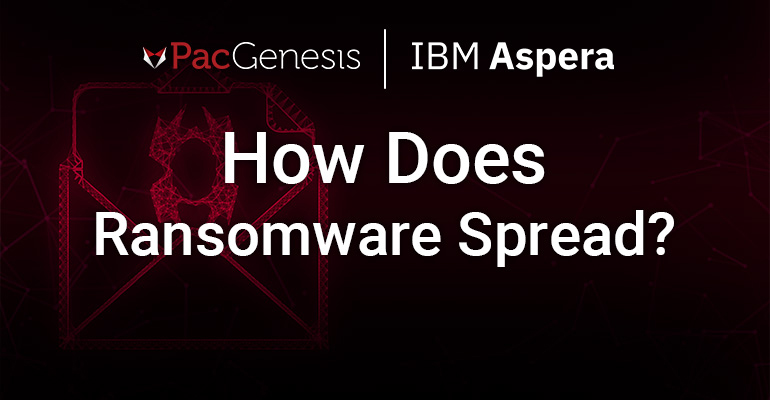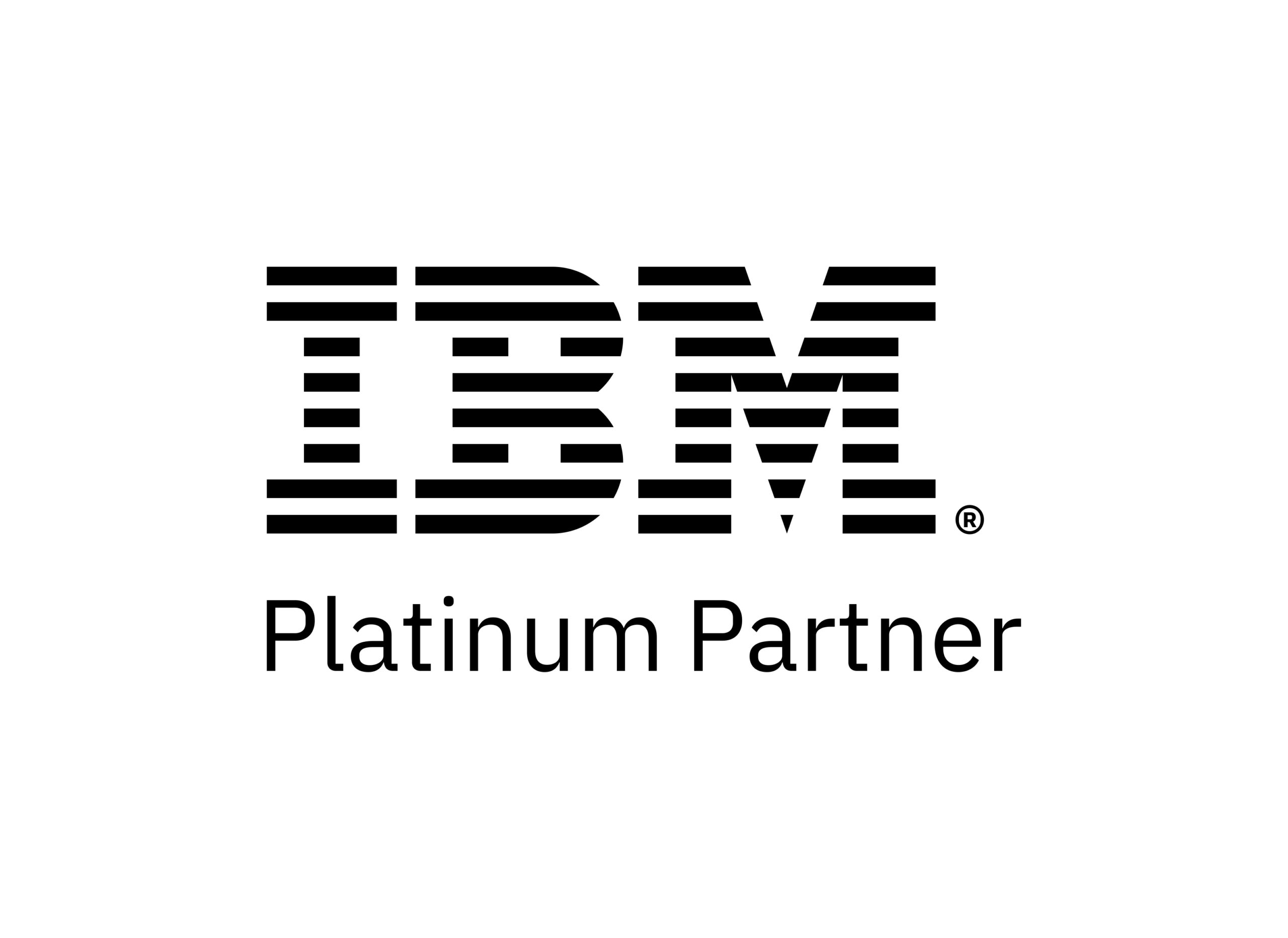How Does Ransomware Spread?

How Does Ransomware Spread?
Cyber hackers use ransomware as a way to receive money from individuals and businesses. They use malicious software—ransomware—to encrypt files until the individual or business pays a ransom (usually in bitcoin nowadays) to unlock them.
It starts with an initial attack phase, enabling ransomware to propagate throughout an entire network. Once an organization is infected, attackers locate and encrypt files. They maximize the number of assets they encrypt by moving from the point of entry to other areas where they can use credentials with administrator privileges. This could be a domain controller, IT laptop, or any other system that privileges users’ access regularly. The malware gives the attacker a jumping-off point for movement toward more sensitive systems.
As ransomware tactics continue to evolve, it’s important to understand common attacks and infection methods used by these hackers so you can defend your organization.
Sections
5 Ways Ransomware Infects a System
1. Phishing Email Attachments
Ransomware is more commonly distributed via emails that encourage the recipient to open a malicious attachment. These files can be delivered as ZIP files, PDFs, Word documents, Excel sheets, and more. When the attachment is opened, the ransomware can be deployed immediately.
2. Remote Desktop Protocol (RDP)
RDP allows users to connect to a computer from anywhere in the world using a secure and reliable channel. While generally safe, it also provides security vulnerabilities that can be exploited by an attacker. Cybercriminals use port scanners to search the internet for vulnerable ports. They use brute force attacks or other credential theft techniques to gain access. Once they are in, they can do as they please.
3. Malvertising
Also known as malicious advertising, it has become a popular method of ransomware delivery. Malvertising takes advantage of the same tools and infrastructures used to display real ads on the web. Attackers will purchase ad space and link it to an exploit kit. This scans your system for information about its software, operating system, browser details, and more. If the kit detects a vulnerability, it attempts to install the ransomware on the user’s machine.
4. Drive-By Downloads
This is a download that occurs without your knowledge. They are used by hosting the malicious content on their site or injecting it into a legitimate website by exploiting known vulnerabilities. Once you visit the infected website, the malicious content will analyze your device for specific vulnerabilities and execute the ransomware in the background.
5. Pirated Software
There is plenty of pirated software out there, and some are hard to tell apart from legitimate software. Ransomware is known to spread through pirated software, making it much easier for businesses to be a victim of a drive-by download or malvertising if browsing a website that hosts pirated software.
Prevent Ransomware Attacks with PacGenesis
One of the best defenses against ransomware to prevent infection and the spread across your system is to implement cybersecurity tools that will protect your business. At PacGenesis, we have over 10 years of experience working with leading cybersecurity professionals that provide you with tools and software to fight against ransomware and cyber attackers. To find the best fit for your business, we meet with you to learn about your needs, and concerns, and how cybersecurity can best benefit your company. Contact us today to learn more about PacGenesis and start a conversation with us.
To learn more about PacGenesis, follow @PacGenesis on Facebook, Twitter, and LinkedIn or visit pacgenesis.com.



